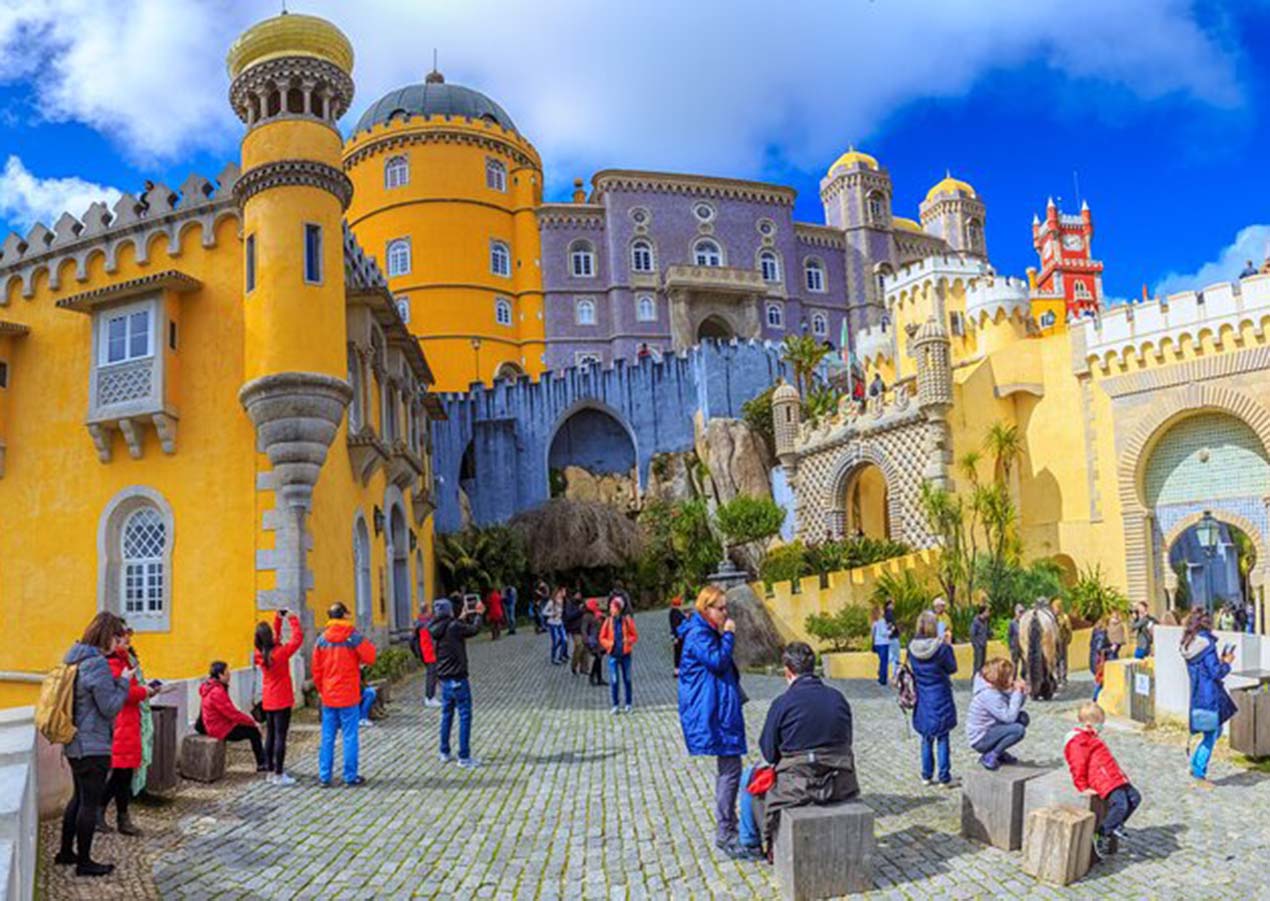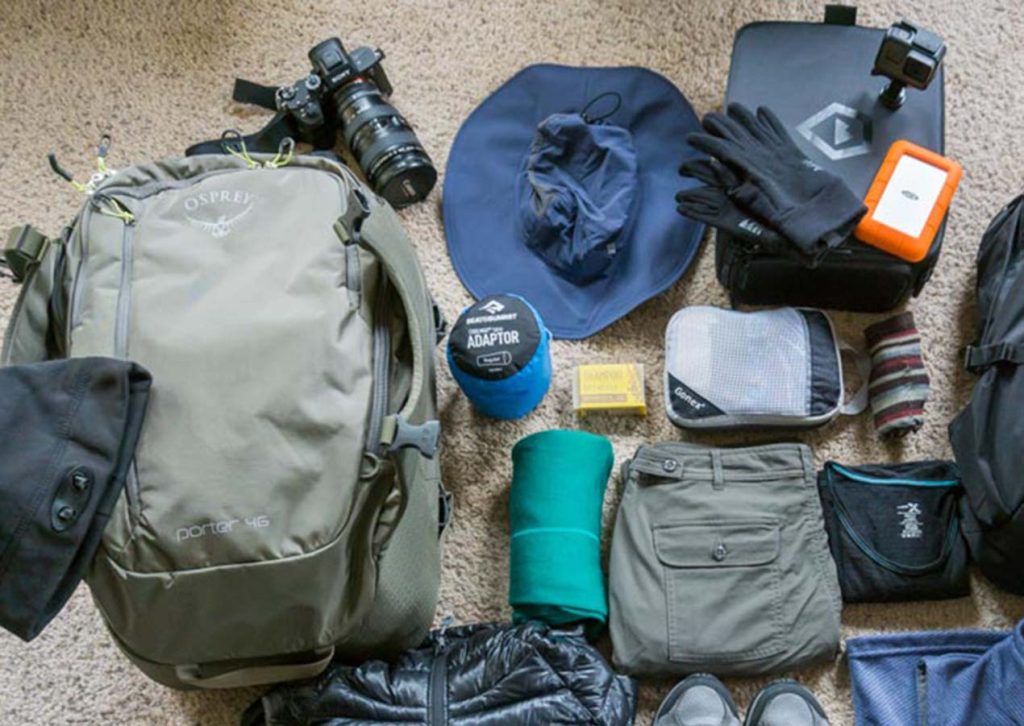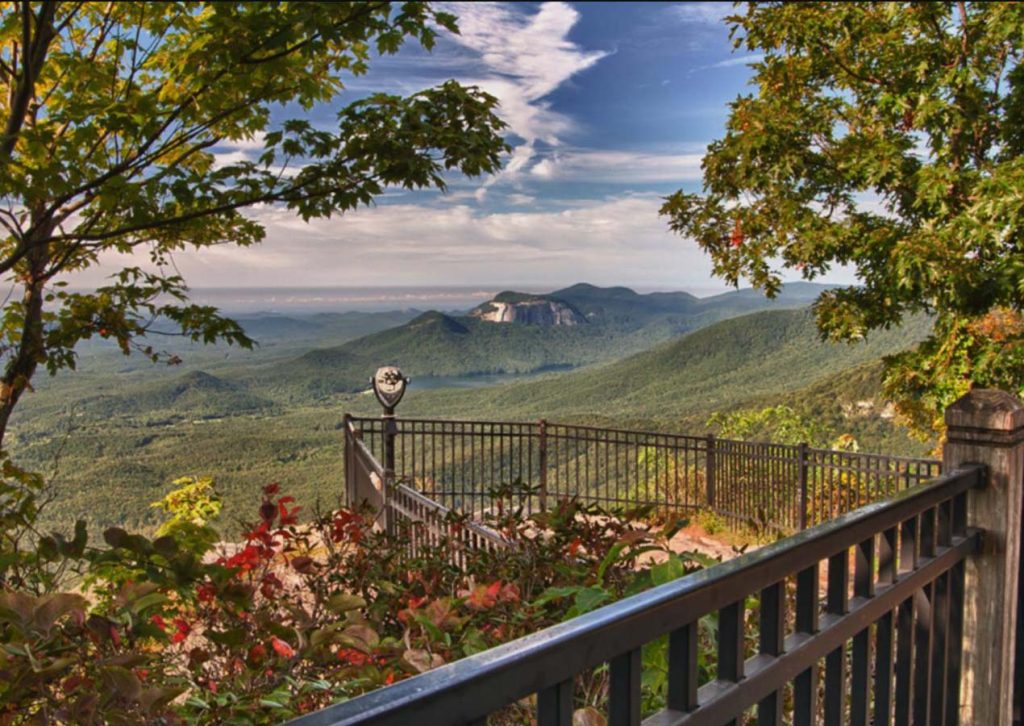Nestled in Portugal’s lush Sintra Mountains, Sintra is a town straight out of a fairy tale. With its pastel-colored palaces, dramatic cliffs, and magical forest paths, it draws travelers from all over the world. Recently, I had the pleasure of experiencing this beautiful destination myself. Here, I’ll share my firsthand experience of exploring Sintra, from practical tips and local etiquette to planning the perfect itinerary.
Essential Travel Gear and Clothing
Before setting off, I made sure to pack a few essentials tailored to Sintra’s unique climate and varied landscapes:
- Comfortable Hiking Shoes: Sintra’s cobblestone streets, winding paths, and occasional hill climbs make comfortable footwear a must. A pair of sturdy walking shoes made all the difference, especially for the longer treks to castles and gardens.
- Layered Clothing: Sintra’s weather can be unpredictable, with cool, misty mornings that turn into warm afternoons. I found that light layers worked best, allowing me to add or remove clothing as needed.
- Compact Daypack: A small, lightweight backpack was perfect for carrying essentials like water, a light jacket, a portable phone charger, and sunscreen. Sintra has few areas with access to convenience stores, so it’s wise to bring along a few snacks as well.
Currency Exchange and Local SIM Card Options
Portugal uses the Euro (€), and while there are ATMs in Sintra, they’re mostly located in the town center. I exchanged a small amount of cash before my trip, but I found that most places accepted cards, making transactions convenient. However, it’s always smart to carry some cash for street vendors or smaller cafes.
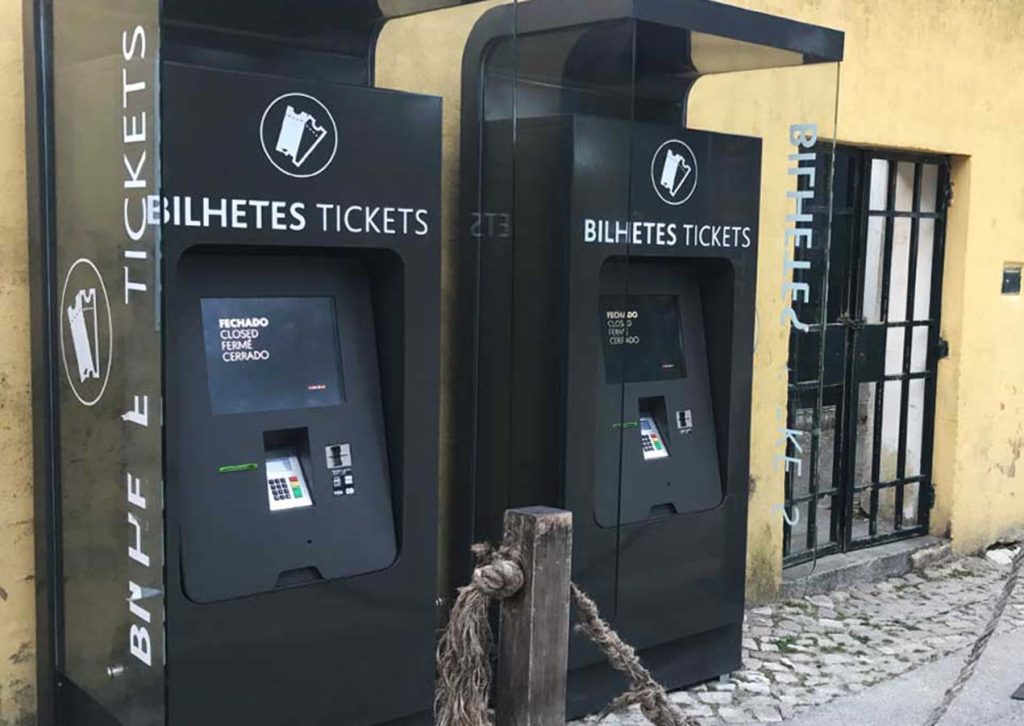
For connectivity, I picked up a local SIM card at the Lisbon Airport before heading to Sintra. Vodafone and MEO are two popular network providers with great coverage, even in the more remote areas of Sintra. The SIM card was inexpensive, and I opted for a plan with a decent data package, which allowed me to navigate with Google Maps and check restaurant hours without hassle.
Understanding Sintra’s Local Etiquette
In Sintra, the locals are warm and welcoming but also appreciate respect for their culture and space. I quickly picked up a few simple yet meaningful Portuguese phrases like “Bom dia” (Good morning) and “Obrigado/a” (Thank you), which were always met with smiles. It’s not necessary to be fluent, but attempting the basics goes a long way in connecting with locals.
One experience that stands out to me happened at a small bakery in the heart of Sintra. I noticed that locals wait their turn patiently and always greet the staff before ordering. Following their lead, I greeted the cashier with a warm “Bom dia” and was met with a noticeably friendlier demeanor. It reminded me how little gestures of politeness are appreciated in Portugal and can create a better travel experience.
Another cultural norm I noticed is the preference for a quiet, relaxed dining experience. At restaurants, people don’t rush through their meals, and it’s considered polite to take your time and savor each dish. It’s also typical to ask for the bill rather than expecting the waiter to bring it over automatically. Embracing this pace made my dining experiences more enjoyable and gave me a deeper appreciation for the local culture.
Must-See Attractions in Sintra
Sintra has no shortage of incredible sights, each more magical than the last. Here are four highlights I highly recommend:
- Pena Palace
- Activities: Pena Palace, with its vibrant colors and intricate architectural details, looks like something out of a dream. Wandering through its many terraces offers breathtaking views over Sintra and beyond. The park surrounding the palace is full of hidden pathways, ponds, and lush greenery.
- Getting There: I took the 434 bus from the town center, which makes stops at key attractions, including Pena Palace.
- Tips: Get there early to beat the crowds, as it’s one of Sintra’s most popular sites. Also, don’t miss the “Chalet of the Countess,” hidden in the woods nearby, which adds an extra layer of romance to the visit.
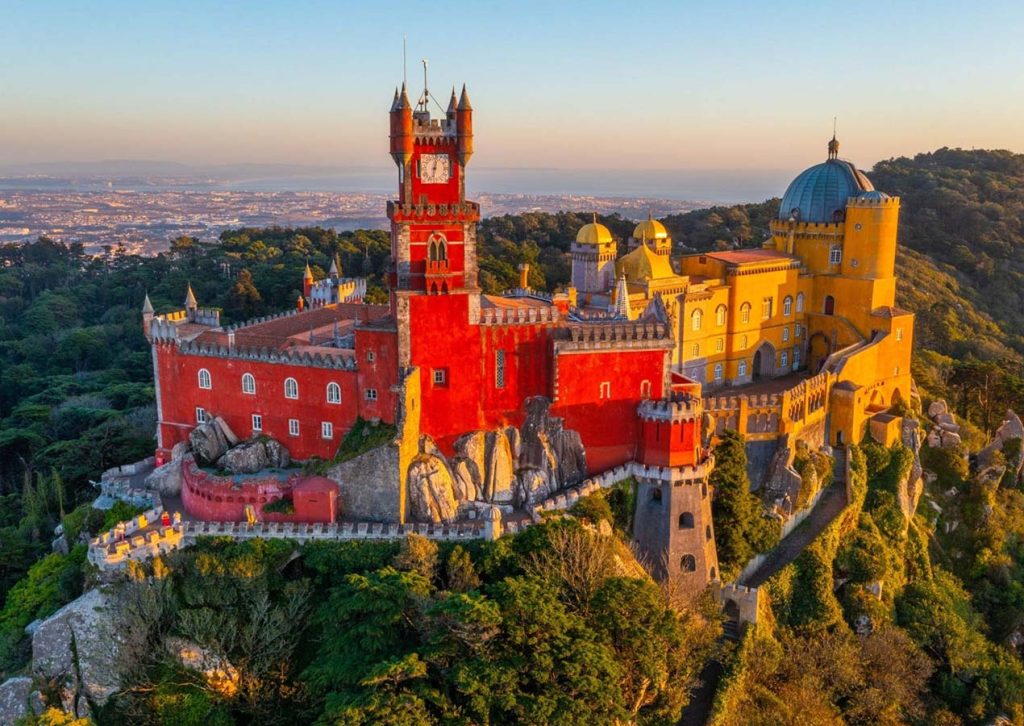
- Quinta da Regaleira
- Activities: This is perhaps the most mystical place I visited in Sintra. Quinta da Regaleira is known for its enchanting Initiation Well, which spirals deep into the earth and is connected by a network of tunnels. The estate’s gardens are filled with sculptures, grottos, and small towers that create a whimsical atmosphere.
- Getting There: Located a short walk from the center of Sintra, it’s easily accessible by foot.
- Tips: Bring a flashlight for the tunnels if you’re feeling adventurous, and wear comfortable shoes for navigating the uneven paths. Plan to spend at least a couple of hours here to explore the many hidden corners.
- Moorish Castle
- Activities: The Moorish Castle is a historical fortress offering panoramic views over Sintra and beyond. The stone walls and towers provide a glimpse into the area’s past, and it’s a great spot for photography.
- Getting There: The 434 bus route also stops here, making it easy to visit after Pena Palace.
- Tips: The walk along the castle walls can be steep, so take your time and enjoy the views. The fog sometimes rolls in, adding an eerie beauty to the surroundings.
- Monserrate Palace
- Activities: Known for its blend of Gothic, Moorish, and Indian architectural influences, Monserrate Palace is one of the most visually stunning sites in Sintra. The surrounding gardens are filled with exotic plants and hidden nooks.
- Getting There: Monserrate Palace is slightly further from the main town center, but the 435 bus connects it to other major sites.
- Tips: This site is less crowded, making it a perfect choice for a more relaxed visit. It’s ideal for anyone who loves architecture and gardens.
Street Food Delights and Safety Tips
In Sintra, sampling street food is a must. I loved trying travesseiros, a local pastry filled with almond cream, at Casa Piriquita, a bakery that has been around for nearly 200 years. The pastry’s flaky crust and sweet filling make it the perfect treat after a day of sightseeing.

For safety, I always ensure the vendor’s food is fresh and that the food stalls look clean. It’s wise to carry hand sanitizer and bottled water to stay hydrated and avoid any stomach issues during the trip.
Planning Your Itinerary and Adjusting Your Budget
Sintra can be enjoyed in a day, but to fully appreciate its beauty, I recommend staying at least two days. Here’s a sample itinerary:
- Day 1: Start with Pena Palace and the Moorish Castle, then visit Quinta da Regaleira in the afternoon.
- Day 2: Visit Monserrate Palace and spend the rest of the day wandering around Sintra’s historic center, exploring shops and sampling local food.
To make the most of my budget, I opted for public transportation, stayed in a small bed-and-breakfast, and packed lunches on some days. Sintra’s entry fees can add up, but there are also combo tickets that offer discounts for visiting multiple sites. Booking online in advance saved me both time and a bit of money.
Travel Insurance Recommendation
Travel insurance may not always seem necessary, but I strongly recommend it for a trip like this, where exploring sometimes involves physical activity and unknown routes. I went with a plan that covered medical emergencies, trip interruptions, and lost baggage. This added layer of security made me feel confident exploring the forests, towers, and pathways without worrying about unexpected mishaps.
Sintra is a place where history, mystery, and natural beauty converge, offering an experience like no other. From its grand palaces to quiet, forested trails, every corner holds a new adventure or a breathtaking view. With a bit of planning, respect for the local culture, and a sense of curiosity, Sintra offers travelers a magical escape that lingers in memory long after the trip has ended.
